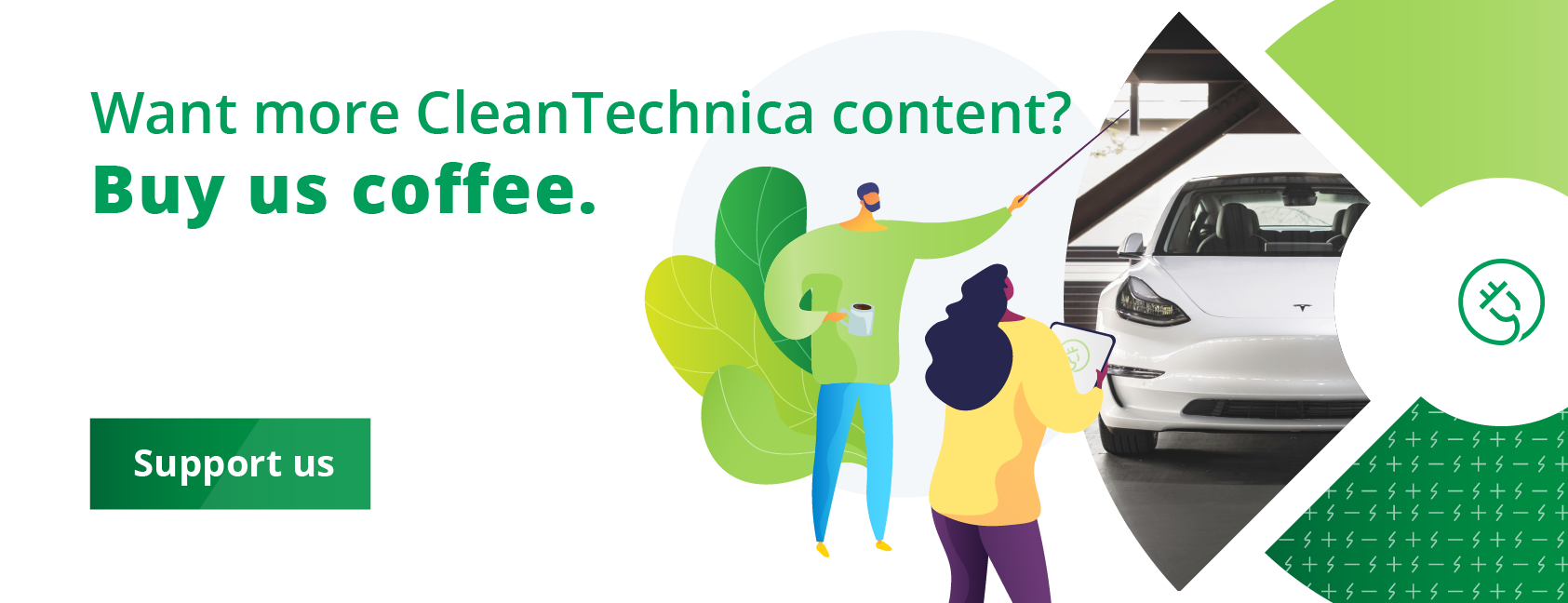
Tesla had a great second quarter, producing 479,700 cars and delivering 466,140. Both are records for the company, but they are not records for the plugin vehicle industry. That distinction goes to BYD, which sold 703,561 new energy vehicles in the second quarter — 700,244 of which were passenger cars.
Okay, before you start yelling at us, this is not an apples to apples comparison. BYD manufactures commercial vehicles — trucks, buses, and construction equipment — as well as passenger vehicles. It also builds quite a few plug-in hybrid passenger cars. In the second quarter, it sold 352,163 battery electric cars and 348,081 plug-in hybrids. The Chinese government defines a new energy vehicle as one that does not rely exclusively on an internal combustion engine, and so that’s what the overall statistics reflect. Tesla still wins in the pure BEV category.
For the first half or 2022, BYD had total sales of 1,255,637 new energy vehicles. That’s up nearly 96% compared to 2022, according to CnEVPost. The company stopped manufacturing ICE cars in March of last year, as we reported at the time.
If you are expecting us to crow that BYD beat Tesla … nope, that’s not gonna happen. What BYD did do, however, was show that a) the Chinese new car market is alive and well, and b) while Tesla is king of the mountain in the world of electric cars right now, there are other companies competing for the crown. As Tom Petty told us, “It’s good to be king, if just for a while.”
BYD and Tesla have very different approaches. Tesla has always been about starting at the top of the market and working its way down. Its focus is on premium automobiles, ones that people will pay extra for because they are cool or loaded with high tech features. BYD is more focused on building cars for the masses. No one in their right mind would compare a BYD Dolphin to a Tesla Model Y. Yet BYD aims to sell 3 million electric cars — BEV and PHEV — this year. That’s a lofty goal. Tesla aims to sell 2 million pure battery-electric cars.
When it comes to putting the world on wheels powered by electricity, BYD is thriving in a segment of the market that Tesla does not currently cater to. We could argue until the cows come home about which approach best serves the needs of society but the answer is that we need to convert the entire world to electric transportation and that includes those who buy Hondas and Toyotas as well as those who buy Audis and Mercedes. When it comes to reducing carbon emissions from the transportation sector, “all of the above” is the correct answer.

BYD Is More Than Just A Pretty Face
BYD is more like Hyundai than Tesla. The South Korean company manufactures giant tankers and shipping containers as well as vehicles. BYD makes electronics and photovoltaics for customers such as Dell, Apple, Xiaomi, and Huawei. It also is the second largest battery manufacturer in China, behind only CATL. The company’s installed power and storage battery capacity in June was about 11.816 GWh, That’s up 72% from 6.859 GWh in the same month last year and up 3% percent from 11.489 GWh in May of this year.
BYD has been a leader in LFP battery technology since it introduced its so-called Blade battery three years ago. At that time, battery fires were the subject of many headlines, especially with the Chevy Bolt. BYD developed a battery that could withstand things like being penetrated by a nail, crushed, bent, heated in a furnace to 300°C (572°F), or overcharged by 260% without exploding.
Yes, so-called iron batteries don’t have quite the energy density or power characteristics of conventional NMC batteries, but there are lots of people who are happy to trade a little performance for the security of knowing their car isn’t going to burst into flames and doesn’t need to be charged outdoors far away from other vehicles and people. “Today, many vehicle brands are in discussion with us about partnerships based on the technology of the Blade Battery,” He Long, vice president of BYD, said when the Blade battery was introduced.
BYD Has Big Plans
A few years ago, the news about electric cars was filled with new startups in China, all of which were potential rivals to Tesla — NIO, XPeng, Li Auto, Faraday Future, and a dozen or so more. Their stock prices exploded, and some early investors made spectacular profits, but then they all fell back to Earth as the realities of the marketplace soured most of their dreams.
But now a new leader has emerged from the pack. All at once, BYD is everywhere. It is in Asia, Australia, New Zealand, South America, and Europe. It has a range of models, most of them at the lower end of the market where people are looking for value more than pizzazz.
BYD executive vice president Stella Li told Bloomberg in February that the company wants to build cars in Europe and is carrying out feasibility studies. According to French newspaper Les Echos, BYD is talking to the French government about building a factory in that country after the company announced recently it would begin offering 5 EV models there by the end of this year. Germany and Spain are other potential locations, according to Chinese media reports. The UK is not a contender because of Brexit, those reports said. BYD hopes to start producing EVs in Europe in 2025.
The Takeaway
We do not wish to suggest for a minute that Tesla’s announcement about its 2nd quarter deliveries is not big news. It is. The company continues to confound its skeptics with its pledges to manufacture 10 million electric cars a year by 2030. But the EV revolution is not a one-horse contest.
There is much speculation about who will be able to compete with Tesla. GM, Ford, Stellantis, Mercedes, BMW, Toyota, Honda, and Volkswagen Group are all making the proper noises about pushing the electric car transition forward. Yet, all of those companies are still saddled with the task of making conventional cars to pay for the changeover.
BYD has cast off its ICE baggage and is 100% committed to making cars with motors instead of engines. Being free to pursue its goals without the drag of keeping an internal combustion division afloat may be just the ticket for keeping up with Tesla.
I don’t like paywalls. You don’t like paywalls. Who likes paywalls? Here at CleanTechnica, we implemented a limited paywall for a while, but it always felt wrong — and it was always tough to decide what we should put behind there. In theory, your most exclusive and best content goes behind a paywall. But then fewer people read it! We just don’t like paywalls, and so we’ve decided to ditch ours. Unfortunately, the media business is still a tough, cut-throat business with tiny margins. It’s a never-ending Olympic challenge to stay above water or even perhaps — gasp — grow. So …



